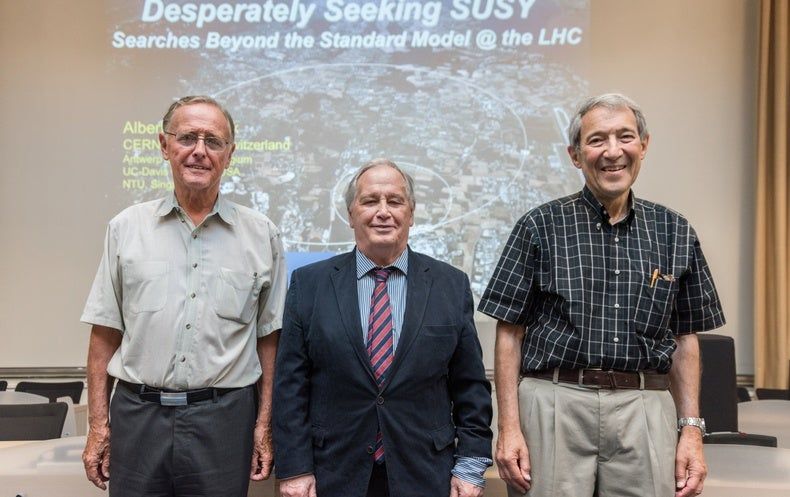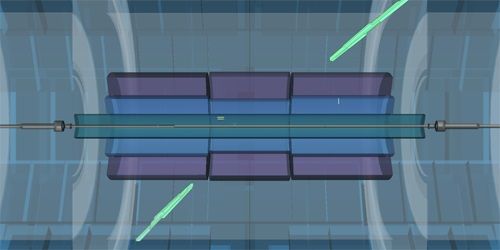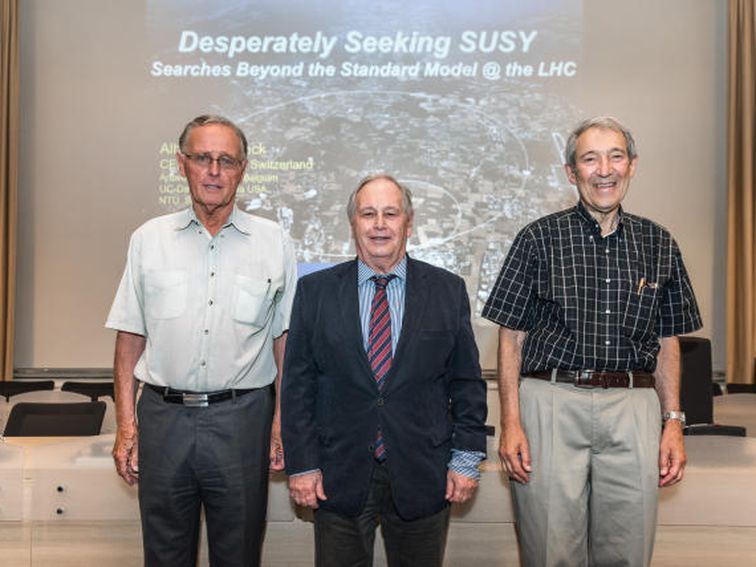The theory, which emerged in the 1970s as a way to unify the fundamental forces of nature, has profoundly shaped the landscape of particle physics.


Learn about the latest product and platform innovations at Google in a Keynote led by Sundar Pichai.
Watch more #io19 here:
Google I/O 2019 All Sessions Playlist → https://goo.gle/io19allsessions
Learn more on the I/O Website → https://google.com/io
Get started at → https://developers.google.com/


Inspired by the human eye, researchers at the Harvard John A. Paulson School of Engineering and Applied Sciences (SEAS) have developed an adaptive metalens that is essentially a flat, electronically controlled artificial eye. The adaptive metalens simultaneously controls for three of the major contributors to blurry images: focus, astigmatism, and image shift.
The research is published in Science Advances.
“This research combines breakthroughs in artificial muscle technology with metalens technology to create a tunable metalens that can change its focus in real time, just like the human eye,” said Alan She, an SEAS graduate student at the Graduate School of Arts and Sciences, and first author of the paper. “We go one step further to build the capability of dynamically correcting for aberrations such as astigmatism and image shift, which the human eye cannot naturally do.”

Physics World represents a key part of IOP Publishing’s mission to communicate world-class research and innovation to the widest possible audience. The website forms part of the Physics World portfolio, a collection of online, digital and print information services for the global scientific community.

Heart & Diabetes Conference is delighted to welcome you at the “International Conference on Heart & Diabetes” scheduled on August 19–20, 2019 at Osaka, Japan based on the Theme “Innovations Of New Treatment In Diabetes & Heart Diseases”.
Heart & Diabetes Conference 2019 targets to carry out multidisciplinary research in Diabetes & Heart Diseases. Our main motto is to highlight the innovative treatments which are involved for cure of these Diseases.
August 19 (Monday) — 20 (Tuesday)
The invention is an improved piston engine, either two stroke or four stroke. In one, two stroke, one cylinder embodiment, the improvement comprises two springs connecting between the piston and the base of the piston. These springs are relatively relaxed when the crank is at top dead center. Then during the power/intake stroke, some of the fuel’s energy is delivered to the crankshaft and some is used to compress the springs. The stored energy in the springs is delivered to the crankshaft during the exhaust/compression stroke while the springs return to their relatively relaxed condition. As a result, energy is delivered to the crankshaft during both strokes of the cycle, and the engine runs smooth.
In one, four stroke, two cylinder embodiment, each cylinder has springs as described above, the cranks of each cylinder are aligned, and the cam sets one cylinder in the power stroke while the other is in the intake stroke. As a result, the engine runs smooth because energy is delivered to the crankshaft during all four strokes of the cycle, during two of the strokes by the burning fuel and during the other two by the release of energy in the springs. In both embodiments, a heavy crankshaft is not needed because of the more uniform power delivery.

Physics World represents a key part of IOP Publishing’s mission to communicate world-class research and innovation to the widest possible audience. The website forms part of the Physics World portfolio, a collection of online, digital and print information services for the global scientific community.


The scientists who came up with the theory of supergravity in the 1970s are $3 million richer.
The trio, physicists Sergio Ferrara, Daniel Z. Freedman and Peter van Nieuwenhuizen, won the Special Breakthrough Prize in Fundamental Physics, according to a statement Wednesday.
Supergravity is described in the prize announcement as a theory in which, “quantum variables are part of the description of the geometry of spacetime.”